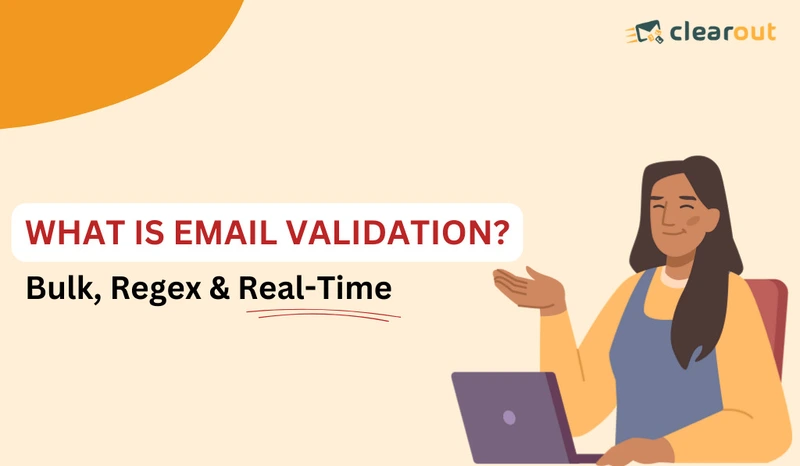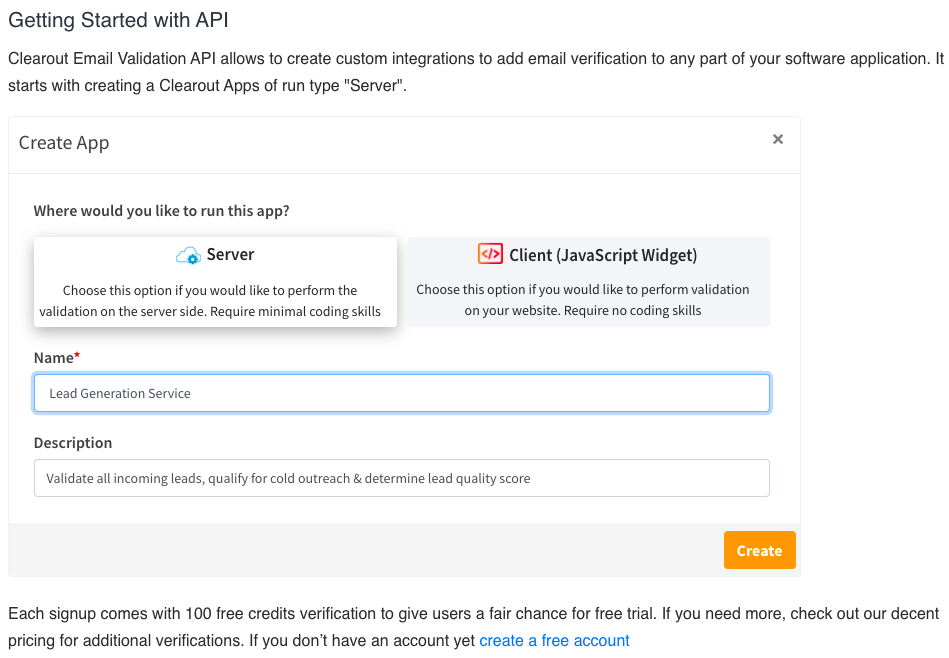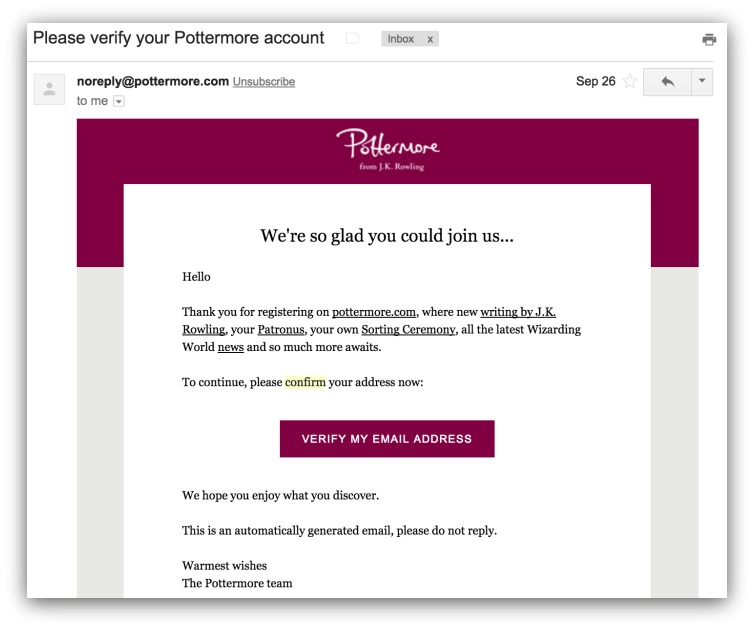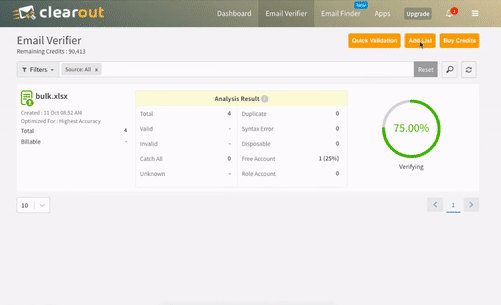● Email Validation V/s Email Verification — Are They Same?
● How Email Validation & Verification Benefits Your Email Campaigns?
Minimizing bounce rates
Saves your sender’s reputation
Solves low deliverability issues
Reduces the chances of being blacklisted
Saves resources being spent on chasing invalid leads
Increases email campaign’s ROI
Real-time email validation
Post email validation or double opt-in
Bulk email validation
● Clearout — The Best Email Validation Tool
● What Comes After Email Validation?
● Frequently Asked Questions (FAQs)








